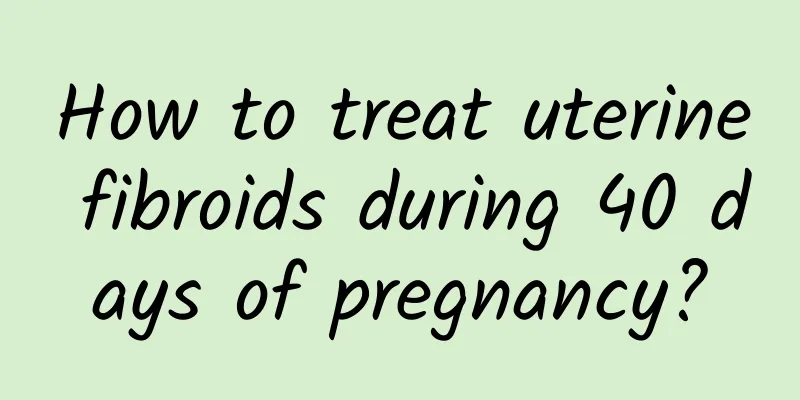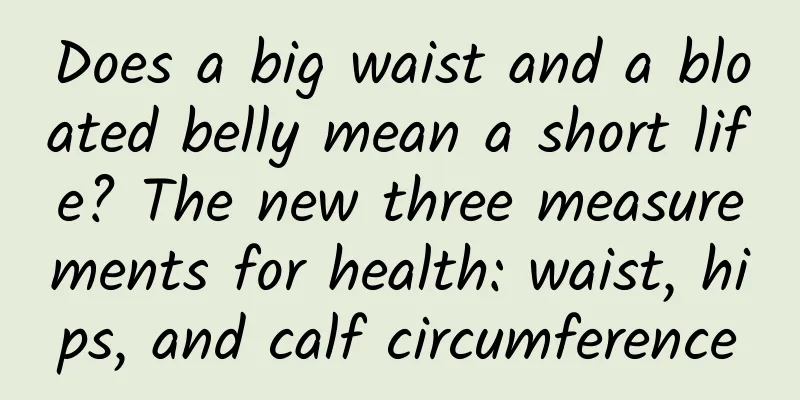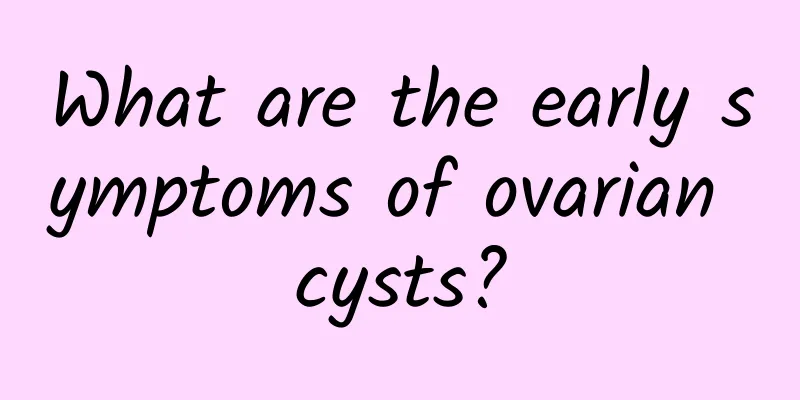How to treat uterine fibroids during 40 days of pregnancy?

|
If uterine fibroids are found after pregnancy, a vaginal four-dimensional color Doppler ultrasound examination should be performed to understand the location, nature, and blood supply of the uterine fibroids. So, how to treat uterine fibroids 40 days into pregnancy? The incidence of uterine fibroids combined with pregnancy accounts for 0.5% to 1% of fibroid patients and 0.3% to 0.5% of pregnancies. The actual incidence of fibroids combined with pregnancy is much higher than the above figures, because fibroids are small and asymptomatic, and are easily overlooked during pregnancy and delivery. Pregnancy combined with uterine fibroids has an impact on both pregnancy and delivery. Submucosal fibroids can hinder the implantation of fertilized eggs or cause early miscarriage. Large intramural fibroids are also prone to miscarriage due to mechanical obstruction or uterine cavity malformation during pregnancy. During pregnancy, the uterus is congested, tissue edema, and smooth muscle cells are hypertrophic. The fibroids are significantly enlarged and gradually shrink after delivery. Rapid enlargement of fibroids during pregnancy may cause redness, severe abdominal pain accompanied by nausea, vomiting, fever, and increased white blood cell count. Regarding the question of how to treat uterine fibroids 40 days into pregnancy, the treatment methods vary according to the situation. Next, the author will explain in detail: 1. Diameter of fibroids 2. If the diameter of the fibroid is >6cm and there are no symptoms, the development of the fibroid should be closely observed during regular prenatal checkups. When the pregnancy is >37 weeks, the delivery method should be decided based on the location of the fibroid, the fetus and the pregnant woman. If the fibroid is located in the lower uterine segment, the birth canal is easily blocked, and the fetal head floats high and cannot enter the pelvis, a selective cesarean section should be performed. If the fibroid on the anterior wall of the lower uterine segment gradually rises to the abdominal cavity with the enlarged uterus in the late pregnancy, the fetal head can descend into the pelvis and the delivery is smooth. |
<<: Will cervical erosion cause stomach pain?
>>: What is the treatment for uterine fibroids?
Recommend
What are the changes of uterine fibroids in a week? Is it bad if uterine fibroids grow bigger in a few days?
Uterine fibroids are one of the most common benig...
What are the causes of irregular menstruation in women? How to treat irregular menstruation in women?
Menstrual irregularities are very common in daily...
What are the causes of irregular menstruation?
Irregular menstruation is a disease that many wom...
The more protein you take, the more muscle you build? The answer turns out to be…
High-protein supplementation seems to have become...
2 ways to get rid of the fat belly of the child and learn to surrender like a robot
According to a survey conducted by the Children&#...
Is it good to boil water with mugwort to treat cervical erosion? These methods can also be used to treat cervical erosion
Mugwort is a traditional Chinese medicine. Becaus...
Is it difficult for office workers to lose weight? High-fiber foods help you lose weight (Part 2)
Healthy weight loss has always been the hottest t...
Eating turmeric can help you lose weight and lower blood lipids ~ Chinese medicine: These 5 types of people should not eat it wrong
As the trend of keeping in good health rises, man...
The dangers of pelvic inflammatory disease that female friends need to pay attention to
Clinically, the harm of gynecological diseases to...
The main causes of mild cervical erosion
Cervical erosion is a gynecological disease that ...
How much does it cost to cure cervical warts?
Cervical warts have become a common disease in to...
What is it like to have two periods in one month?
Having two periods in one month may be due to abn...
What should I do if my face turns yellow after an abortion? A few things to pay attention to after an abortion
It is quite common for the face to turn yellow af...
How can women prevent ovarian cysts?
Daily life conditioning is very important for pre...
How to check for pelvic inflammatory disease?
The methods for examining pelvic inflammatory dis...









